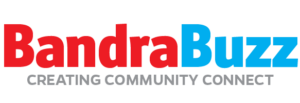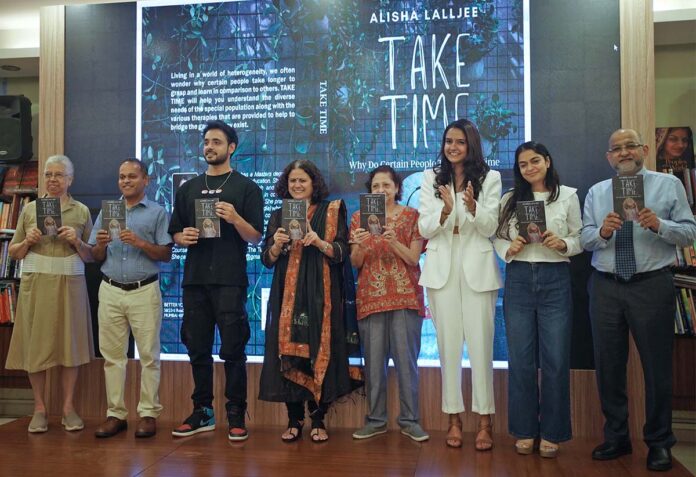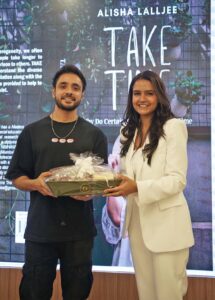Having practised psychology for over nine years, Dr Alisha Lalljee has worked with numerous children who have different kinds of learning disabilities. She has observed that very often the family members have no idea about the disabilities and where they could seek help. In order to bridge the gap, Dr Alisha began writing booklets on the various types of disabilities, and now she has put together all this information in a book. We interviewed Dr Alisha about the release of her book, Take Time: Why Do Certain People Take More Time.
From all the research you’ve carried out to put this book together, why do you think some children take more time to learn?
So each one of us has an IQ, and a normal IQ is said to be 100. Individuals with a lower IQ may take time to grasp the basis of their level of probable disability ranging from mild, moderate, severe, to profound. Some kids or even adults take more time than others. And so there are special strategies to teach them, which are mentioned in the book.
What’s one simple intervention strategy for special education that educators or parents would benefit from knowing?
I think as educators, it’s the human tendency that at one point, after trying, we would lose our cool. And the moment we do that, the child we are working with can sense that. And the child is not able to comprehend the way they should because they have fear in them. It all depends on your reaction, and so you need to maintain a very calm and composed attitude. The child is learning slowly; they will pick up over time. If you react negatively, it creates a disconnect or a rift between you and the child and it also delays or rather slows down the process of learning, which is taking slightly longer anyway.
What do parents need to keep in mind when they know or are told about their child’s capacity to learn?
Initially, every parent goes through a phase of denial when they are told about their child’s learning process. Now the point here is how they are made aware of this particular disability or lag in the child’s learning. As educators, we are not very sensitive. And if the parent is informed in a manner that is not positive or helpful, the parent will be naturally defensive. But along with explaining to them, it would benefit them if they’re also told how this can be helped. They should be informed about learning strategies and refer them to reading material. Informed guidance is always better than just telling them to go and figure it out.
According to present statistics, 15% of the world has a certain form of disability which is either diagnosed or undiagnosed. And that makes it very important for us to spread awareness about the thing. There are a lot of people who later on in life identify a disability that probably has been there throughout their life and they live through it. So it’s important to also make amends with the disability. Labelling someone as having a disability may sometimes help to access help, but other times it may result in a negative result. While labelling isn’t necessary, what is needed is to understand what a particular child should know for their age, how much they typically know, what is the lag and how can this lag be bridged.
There is a stigma attached to learning disabilities; what would you say about that?
There is definitely a lot of stigma attached to mental health and disability. It’s only when we start speaking about it and becoming more aware that we realize we aren’t the only ones experiencing this. It’s important to remember that one learning disability certificate or a report does not help to determine one’s future. They are simply guiding posts that will help us to help our children in a more effective way.
While speaking to Dr Alisha, we gathered that this book would be beneficial to anyone who deals with children, not only parents or counsellors but also educators. The book talks about different disabilities. It talks about the different therapies that are provided, like occupational therapy, physical therapy, media education, and special education, and who can a person approach about these things.
It also talks about a multidisciplinary team of various professions that work together for the betterment of the child. There are various myths related to disabilities that it clears. And there are also certain keynotes or strategies to help parents in different subjects, commonly English, math, spelling and writing, and how they can help the child with the various strategies.























